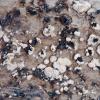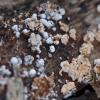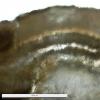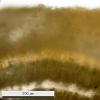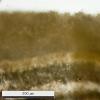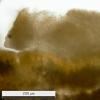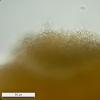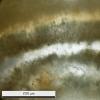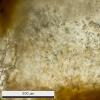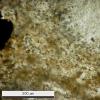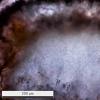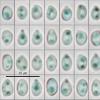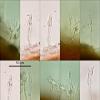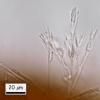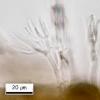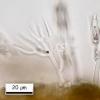
27-11-2025 12:01
Thomas LÌssøehttps://svampe.databasen.org/observations/10496727

27-11-2025 11:46
Thomas LÌssøehttps://svampe.databasen.org/observations/10493918

27-11-2025 11:31
Thomas LÌssøeCollectors notes: Immersed ascomata, erumpent thro

23-09-2025 13:31
Thomas LÌssøehttps://svampe.databasen.org/observations/10534623

25-11-2025 14:24
Thomas LÌssøehttps://svampe.databasen.org/observations/10490522

26-11-2025 18:13
The entire run of Mycotaxon is now available throu

25-11-2025 11:03
Mick PeerdemanHi all,One of my earliest microscopy attempts, so
Hymenobolus agaves anamorph
Miguel Ăngel Ribes,
12-03-2013 00:39
 Good night
Good nightPerhaps someone remember this Hymenobolus agaves: http://www.ascofrance.fr/search_forum/10909
RubĂŠn has foung more collections in another Canary Island, La Gomera. In some collections, between H. agaves apothecium, are growing too a white-orange anamorph, 2-5 mm broad, relatively hard (it is posible to cut it).
Is it posible the anamorph of H. agaves? How to study this anamorph?
This are general views.
Thank you.
Miguel Ăngel Ribes,
12-03-2013 00:44
Miguel Ăngel Ribes,
12-03-2013 00:50
Miguel Ăngel Ribes,
12-03-2013 00:53
Miguel Ăngel Ribes,
12-03-2013 00:55
Hans-Otto Baral,
12-03-2013 08:06

Re : Hymenobolus agaves anamorph
Great, Miguel! Could you please show us a closeup of the conidiogenous cells, were the conidia emerge? I assume they are phialidic. Then we can search in Genera of Hyphomycetes, or someone has an idea.
I have given the previous Hymenobolus specimen for sequencing, I am curious where it could belong.
Zotto
I have given the previous Hymenobolus specimen for sequencing, I am curious where it could belong.
Zotto
Hans-Otto Baral,
12-03-2013 22:56

Re : Hymenobolus agaves anamorph
Hi Miguel
Walter Gams answered me that this is  clearly a Clonostachys, probably Clonostachys solani (Harting) Schroers & W. Gams, which is quite common, often fungicolous, and the anamorph of a Bionectria. So certainly not belonging to Hymenobolus.
Zotto
Walter Gams answered me that this is  clearly a Clonostachys, probably Clonostachys solani (Harting) Schroers & W. Gams, which is quite common, often fungicolous, and the anamorph of a Bionectria. So certainly not belonging to Hymenobolus.
Zotto
Miguel Ăngel Ribes,
13-03-2013 00:15

Re : Hymenobolus agaves anamorph
Hi Zotto, Superb.
Thank you again to resolve this puzzle.
See you.
Thank you again to resolve this puzzle.
See you.
